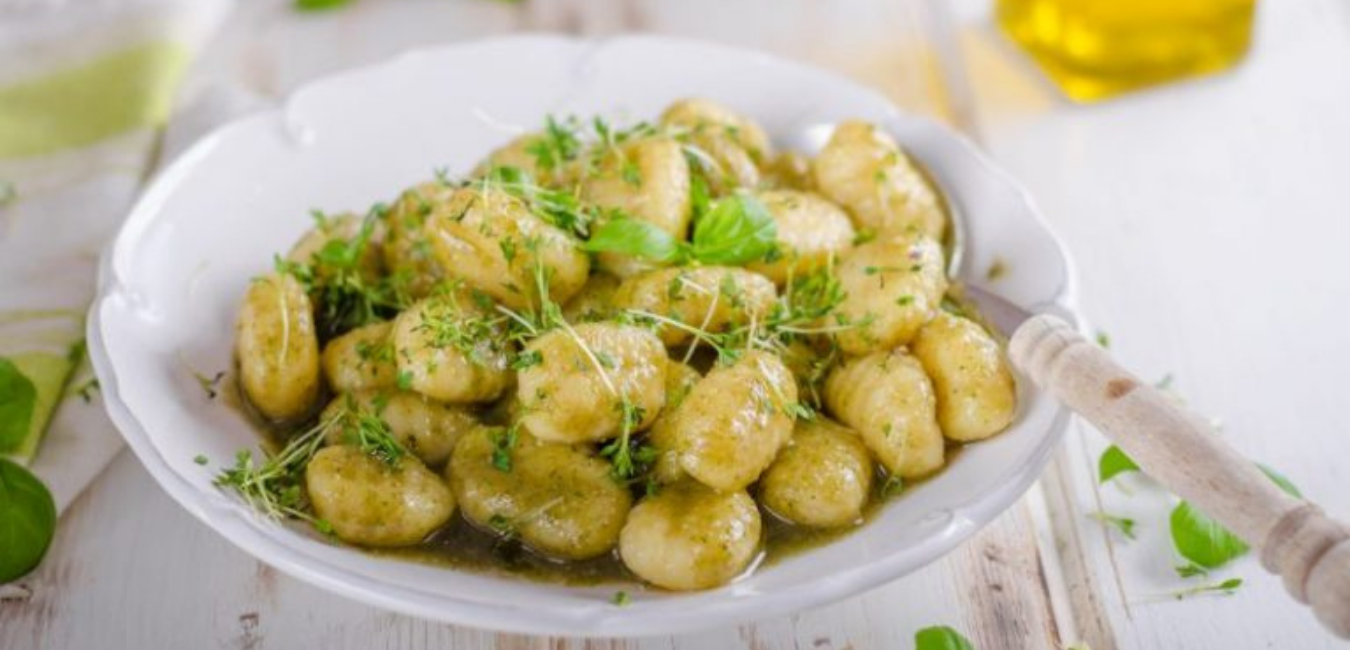Matcha finds its place in Chennai
CHENNAI: A blend of earthy and slightly sweet flavours with a smooth, creamy texture and a lingering umami taste, matcha tea has taken Chennai by storm recently. Not just restaurateurs, but also Chennaiites are trying the Japanese green tea at home using recipes from social media. Mostly used to sweet or spicy flavour profiles, how did the city fall for matcha? Food experts attribute the popularity of the tea to the health benefits it offers.
Chef Rajat Gurung notes that there is a surge in the demand for matcha tea across the globe. “People are moving towards a healthier lifestyle, and this tea has the qualities for a versatile approach to culinary applications. And the spending power of the current generation is also slightly on the higher side,” he says.
For young restaurateur Priyavarshini, founder of Crafe Cafe in T Nagar, matcha tea helped improve her health. “I tried the tea for the first time two years ago during a trip to Bali and Malaysia. At that time, Chennaiites were unaware of such an ingredient, and now the trend is gradually picking up. Basically, the caffeine content is low in this tea, compared to coffee. Its antioxidants helped improve my skin health as well,” she adds, who is also running a page on Instagram, Matcha in Madras, sharing unique recipes with matcha as the base.
Food consultant Cheruba Charis Nelson feels that the authentic taste of matcha, which is the grassy flavour, is tweaked a bit to match the palate of people here. “The original matcha will not be as sweet as the ones we relish in Chennai. Vanilla syrup or maple syrup is provided to match the grassy flavour. In reality, that acquired taste is the real flavour profile of matcha. It is like we want to be a part of the trend, but don’t want to adapt to it completely,” she states. She attributes the sudden trend to social media. “Southeast Asian countries started posting frequently about matcha, creating a buzz. Chennai always wants to stay relevant and be a part of any global trend. Moreover, celebrities boast about matcha, inclining common people to know what it is,” adds the entrepreneur.
Some of the popular lip-smacking matcha-based dishes in the city are strawberry matcha latte, mango matcha latte, matcha boba tea, matcha lemonade, and tender coconut matcha, among a few other beverages. However, Chennai is yet to explore the ingredient beyond a drink. “Though it hasn’t entered the mainstream industry yet, matcha-crusted sesame fish is a hit among home cooks,” Cheruba adds. “The green tea’s flavour profile is enhanced or changed with the ingredients infused with it. Apart from desserts, it can be used in salads, fruit-based dishes, pesto sandwiches, spinach, Greek food, and selected savoury dishes,” shares Anandhakrishnan, beverage programmer and area manager of DOU, where a matcha food festival is taking place.
Going back in time, Chef Rajat remembers how in 2022, Chennaiites rejected matcha cheesecake. “It was not being accepted, and matcha didn’t pair well with cheese. It also doesn’t complement meat, vegetables, or anything that is cooked on a high flame. But in Japan, the green tea is used in savoury dishes as well,” he notes.
Talking about the business aspect of matcha, Cheruba explains, “A1 grande is the most expensive and smoothest form of matcha. The price of the tea is high because of an imbalance between demand and supply.” However, the popularity of matcha has led to adulterated products in the market. According to the food consultant, one more underrated green tea that is silently picking up is kotijya, a sister to matcha.
Known for their matcha with mango and strawberry, Priyavarshini accepts that initially, people disliked the bitterness of matcha. “After a few trials and errors, and tweaking the flavour a bit, it has become a hit in Chennai. We are working on a few savoury dishes as well,” she says.
The 27-year-old café owner gives DT Next a sneak peek into how to activate matcha tea. “The traditional way of making it is to sift the powder using a sieve, without any lumps. Add 70 degrees Celsius water, not too hot to avoid a bitter flavour, and whisk it until a microfoam layer is formed to have a creamy texture. It takes time to master the technique,” she elucidates.
When it comes to the future of matcha, both Cheruba and Rajat affirm that it will be ascending. “We will be seeing more beverages and desserts, while savoury will be underexplored,” Cheruba adds.
Founder of Maison Indulgence and Gelarto in Alwarpet, pastry chef Janani Kannan, has prepared a matcha ice cream. “It is one of our lowest sellers in Gelarto, but we have a loyal customer base.” Unlike the general opinion on matcha’s popularity in Chennai, she begs to differ. “People who like matcha are fewer in number. The authentic taste of the green tea is bitter, and many are toning it down. Our Indian version of the flavours of different cuisines is entirely different from the original taste. In that way, making perishables with matcha becomes a challenge,” she states.
Maison Indulgence is coming up with a beverage menu and is also trying their hand at matcha basque cheesecake. “The major challenge with matcha is its price. It is higher than chocolate. To cut the cost, many source low-priced matcha and also use green colouring agents. This spoils the entire flavour of the Japanese ingredient and, unfortunately, offers a bad experience to those trying it for the first time,” Janani shares.
Chinese or Japanese?
Originating in China, matcha tea was taken to Japan by a Zen Buddhist monk, who was convinced of the powdered green tea’s ability to help with meditation. It is said that since the eighth century, it has become an integral part of Japanese culture, and many tea ceremonies are organised with matcha tea as the base in Japan.
Source link
Share this article:












